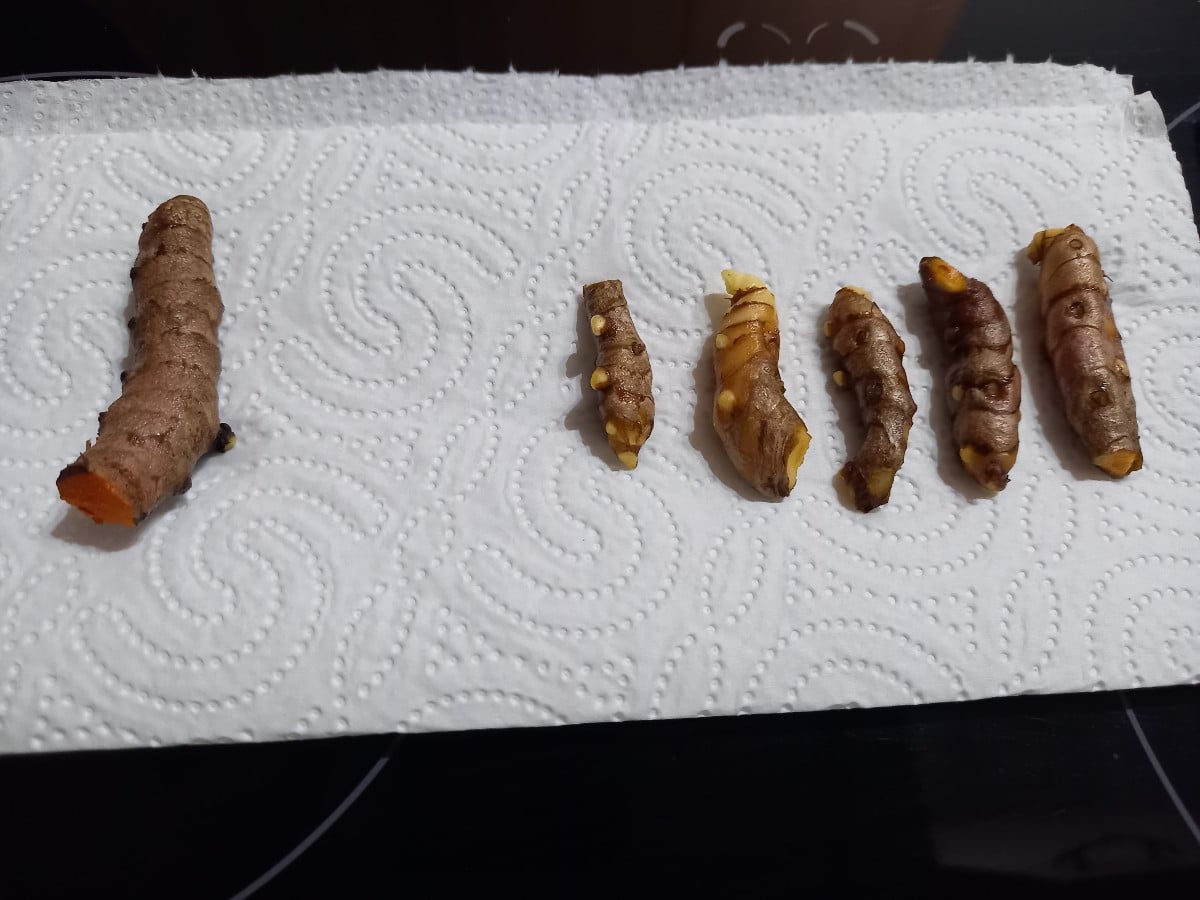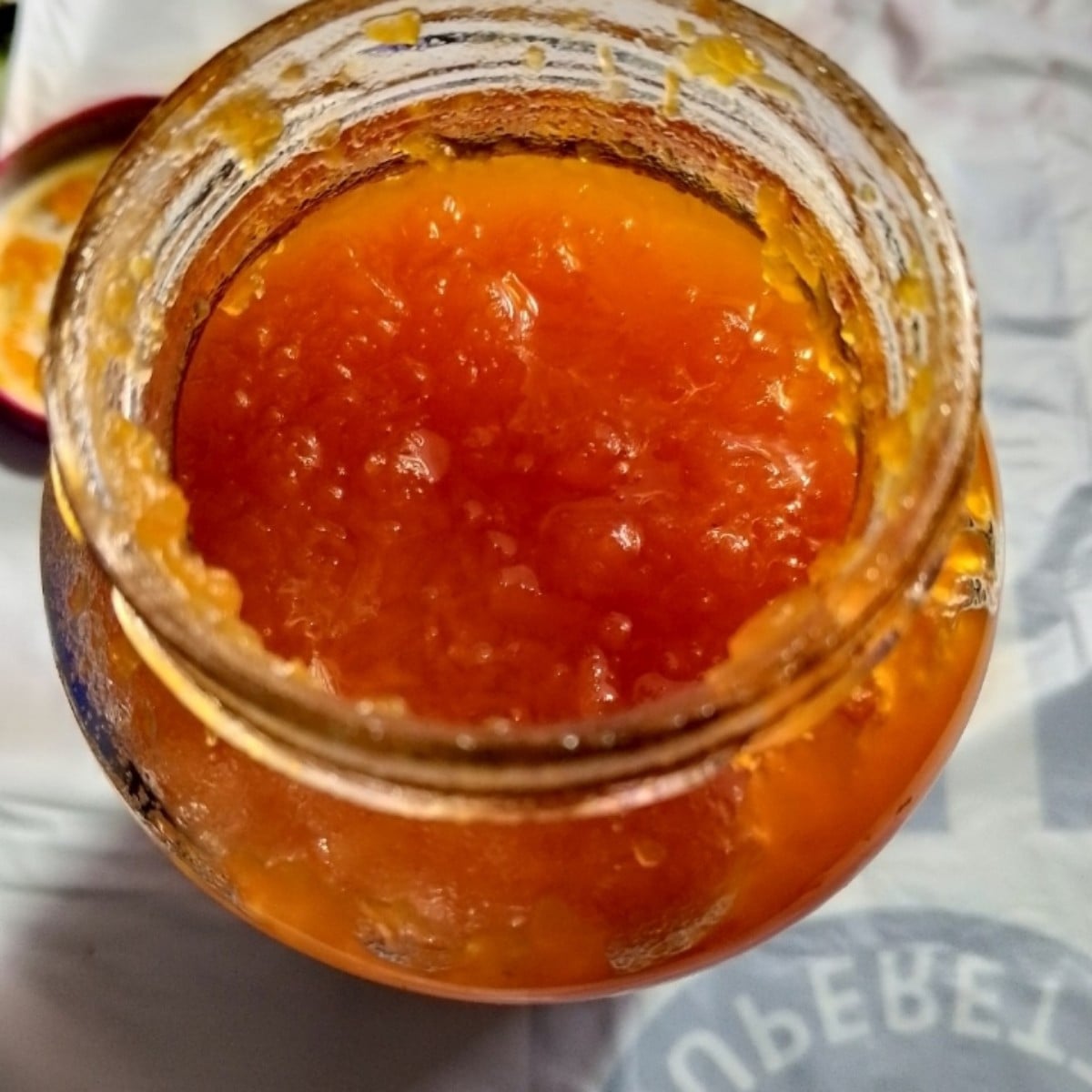
Hot Rotting for Compost: Faster Composting
You could almost say that compost is the perfect fertilizer, if it weren't for the long production time. But there is a solution to this problem too: hot compost or hot composting. Within a few weeks, this method transforms the raw materials into black gold. Find out how hot composting works and how you can compost faster in this article.
This Article Contains:
- Hot Rotting in Compost: How Does It Work?
- Faster Composting With the Right Materials
- Prepare Hot Composting: This Is How It Works
- Creating Compost With Hot Rotting: A Guide
- Measure and Increase Temperature
- Turning Compost When the Temperature Is Too Low: How to Do It
- Frequently Asked Questions About Hot Rotting
Quick Overview
Create a Hot Compost: What You Need to Bear in Mind
- Carbon and nitrogen in a ratio of 25:1
- This means: brown and green material in a ratio of 3:1
- Chop up the material and mix well
- Water until everything is moist, but not dripping wet
- Pile up in a heap and check the temperature every day
- When the pile cools down, dig it up to bring fresh oxygen inside
- After 3-6 weeks the compost is ready
Hot Rotting in Compost: How Does It Work?
To say it straight away: hot composting is not for the lazy. This method is much more labor-intensive than the Classic Compost Heap, which is gradually filled with garden and kitchen waste. But if you need a lot of compost quickly, for example to create a raised bed or to fertilize your high feeder plants in autumn, this method can definitely be worthwhile.
The basic idea is to make the work of the microorganisms in the compost as easy as possible by creating perfect "working conditions". This includes the right ratio of carbon to nitrogen, shredded materials, regular aeration and a constant water content.

Faster Composting With the Right Materials
The most important factor that determines the success of your hot compost is the ratio of carbon to nitrogen. This should be around 25:1. Although this figure is all well and good, it doesn't really help when choosing materials. To make things a little clearer, it helps to keep in mind which materials contain more nitrogen and which contain more carbon.
“Brown” Materials (Rich in Carbon)
- Straw or hay
- Dry leaves
- Twigs and woody plant parts
- Unprinted and uncoated cardboard
- paper
- Sawdust and wood chips
“Green” Materials (Rich in Nitrogen)
- Fresh grass clippings
- Kitchen waste
- manure
- Coffee powder
- Green cuttings and weeds that do not yet bear seeds
All of these materials have different nitrogen to carbon ratios. If a mixture of some of the above materials is used, a ratio of 3 parts brown material to 1 part green material is a good guideline.

Prepare Hot Composting: This Is How It Works
Ideally, when you start your compost heap, you will have enough of the above materials to build a compost heap of at least 1 m³/220 gal. in volume. If the heap is much smaller, it will not warm up properly and the decomposition process will take a long time. The pile can always be larger, because the larger it is, the warmer it gets and the faster the compost is ready.
In principle,a container is not necessary for the compost, and it is even easier to maintain if you simply pile up the materials in a heap. However, as the compost must not get too wet, a roofed area or a tarpaulin to cover it is an advantage.
Our tip: If you don't have enough material in your garden to create a sufficiently large pile, you can ask at recycling centers, youth farms or your trusted farmer if you can pick up some green cuttings, manure or even a bale or two of straw.


Any Further Questions?
To exchange ideas with other gardeners and benefit from the experiences of others, you can visit our Fryd community. Perhaps someone has already tried hot rotting and can give you some tips.
Ask the Community NowCreating Compost With Hot Rotting: A Guide
Once you have all the materials, you can get started and create your own compost heap with hot rotting. You can find out how to do this below.
Shred Organic Waste
To start the accelerated composting process, you should shred all materials as much as possible. The best way to do this is with a shredder, but a lawn mower that you run over the source materials a few times is also suitable. The smaller the particles, the more surface area there is for the microorganisms to "work" on. Once you have chopped up all the materials, simply mix them with a digging fork or shovel.
Add Compost as a Starter
The use of commercial "compost activators" offers no advantage, because even without a starter culture, the right microorganisms will settle in your compost heap over time. However, by adding one or two shovels of finished compost, you can give your hot compost a little "nudge" in the right direction. It is also not necessary to layer the materials alternately - the better mixed your compost is, the faster the microbes can work.
Watering Hot Compost
Once everything is well mixed, simply pile up the starting materials into a heap. Now you should water the pile so that it is well moist, but not dripping wet. Your compost has the right amount of moisture when it feels like a wrung-out sponge. If it is too moist, so-called anaerobic bacteria can colonize. These compete with the "good" aerobic compost bacteria, cause unpleasant odors and slow down the conversion process.

Measure and Increase Temperature
If you have done everything correctly, the compost heap should warm up after a few days. You should check the temperature of the heap every day at the beginning. You can either do this with a soil thermometer or simply stick your hand into the compost heap. Under optimal conditions, hot compost can reach up to 70 °C/158 °F. But a temperature of 50 °C/122 °F is also fine. So you will know if your compost is at the right temperature if it is uncomfortably hot.
You Can Do This to Increase the Temperature:
If your compost is not warming up properly, this may either be because it is too dry or because it contains too little nitrogen. Neither is the end of the world, as you can simply add more water or green material. If your compost gives off unpleasant odors, it may be that you have added too much green material or that the compost heap is too wet. In both cases, adding dry brown material can help.
Sometimes it can also help to turn the compost and aerate it to increase the microbial activity again. If you have created a small hot compost, you can also try enlarging the pile.

Turning Compost When the Temperature Is Too Low: How to Do It
It is quite normal for your compost heap to start cooling down after a while. This is because the heap is "running out of breath" - the microorganisms do not have enough oxygen to work at full strength. To give the decomposition process new momentum, you can dig the heap with a digging fork. It is also advisable to move the material that is further out to the inside to ensure that the outer layers are also properly decomposed.
Digging is also a good time to check the moisture inside and, if necessary, water the pile or add dry material. After turning, the temperature should rise again significantly within a few days.
If you have done everything correctly, your compost heap should have decomposed into dark, crumbly humus after three to six weeks. You can now simply spread this as fertilizer on your beds or use it to Fill a Raised Bed
If you have any questions or comments, please write to us at [email protected]. Would you like to receive helpful gardening tips all year round and plan your own beds optimally? Then register here or download the Fryd app for Android or iOS.
Fryd - Your digital bed planner

Jonas
Jonas studied agricultural biology. He discovered his passion for plants and gardening through an internship at a permaculture NGO. Since then, he has been gardening on his balcony and in community gardens.
Learn MoreCurrent Topics in the Community

Liked 6 times
I found this in the street 🌼🌺 i dont know its name
Show 1 answer

Liked 5 times
Hello folks, Today, after almost a year, I took my turmeric plant out of the flower pot that was on our windowsill. I think it's not bad for a 14x14 pot without any special care. On the left is the mother rhizome, which is also edible.
Show 2 answers
Liked 13 times
Pumpkin jam Cinnamon sticks are added for flavor. It tastes great, do you make pumpkin jam in Europe?
Show 10 answersPopular Articles

Overwintering Parsley: How to Do It Successfully

How to Grow Lettuce in Winter: Varieties, Sowing, Harvesting

Growing Sage Plant: Tips for Sowing and Harvesting

What Herbs Can Be Planted Together?

Create & Design a Permaculture Garden

Overwintering Plants: Tubs, Pots and Raised Beds

Pruning, Fertilizing & Propagating Currants: Care Tips

Pruning Raspberries: How to Do It

Vegetable Garden With Greenhouse: How to Use Greenhouse Effect

Winterizing Beds and the Garden: How to Do It
FAQ
How long does a hot rotting session last?
Depending on the weather, hot rotting takes between 3 and 6 weeks.
What can I do if my compost heap doesn't get warm?
You should add more nitrogenous, green materials or moisten the heap. It may also help to turn or enlarge the compost heap.
How can I speed up the composting process?
You can speed up the composting process by shredding the materials and turning and watering the compost regularly. You can also add a little garden compost to start with.
What temperature should a hot compost be?
A hot compost should reach temperatures between 50 and 70°C/ 122 and 158 °F.